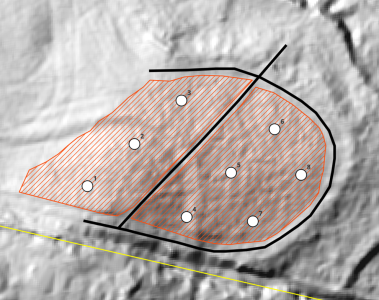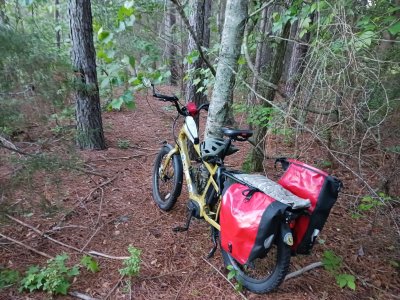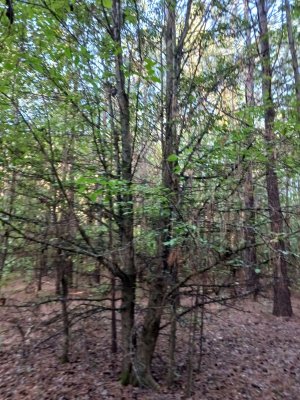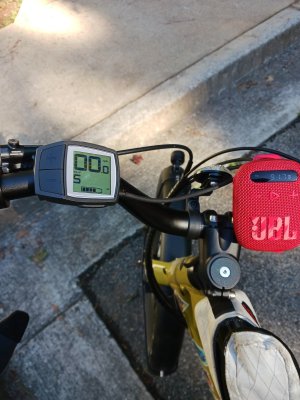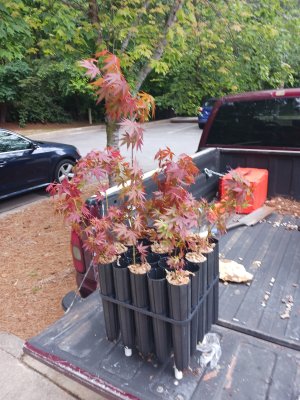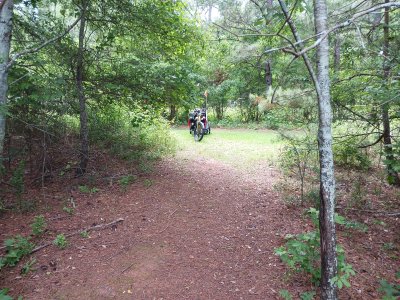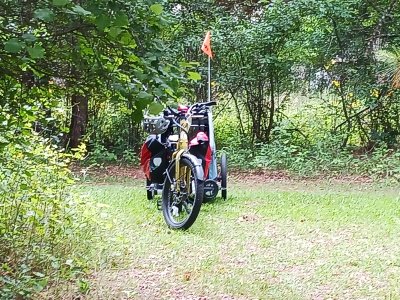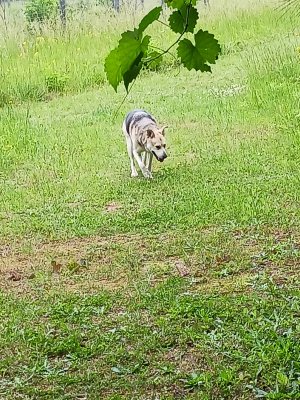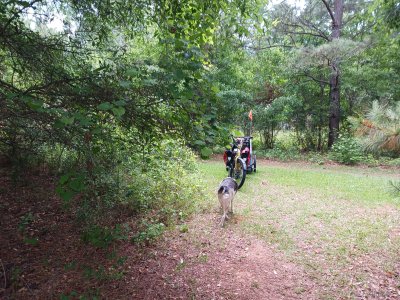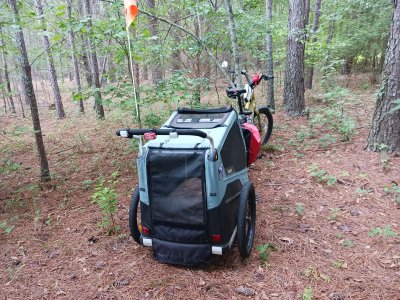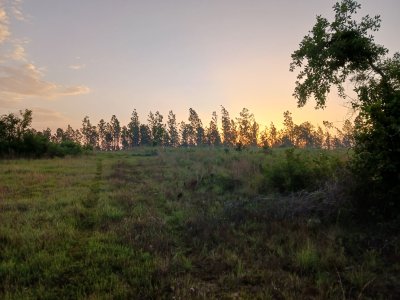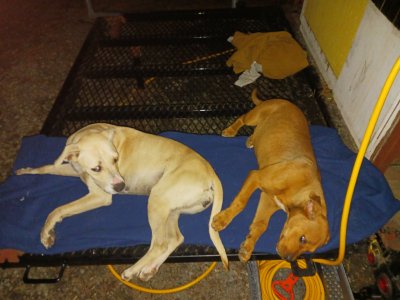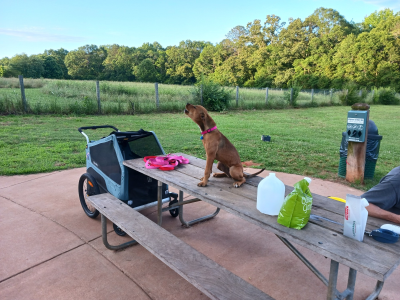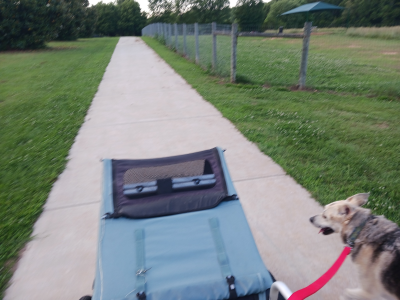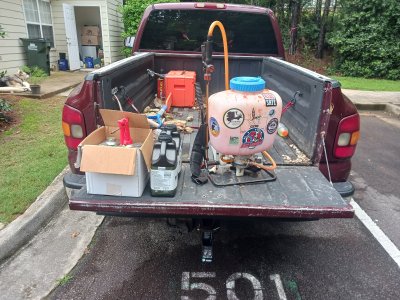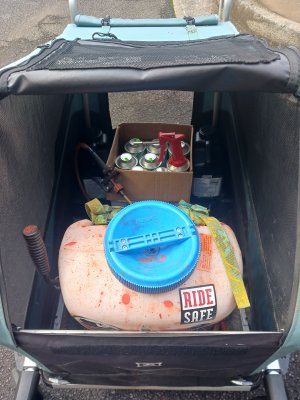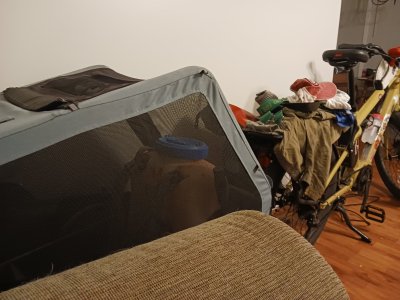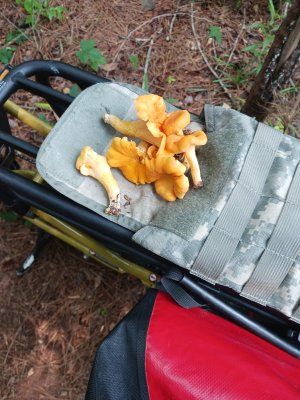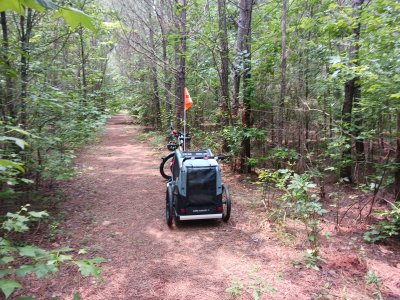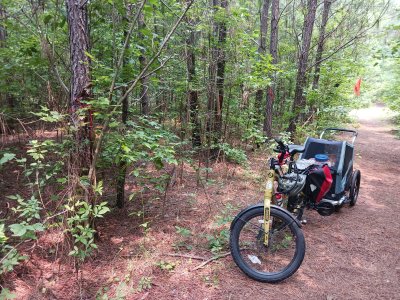Timberdoodle
Member
- Mar 16, 2025
- 69
- 58
Hey everybody!
I just got approved for a fuels project by the county. this is going to be an as-it-happens thread. my goal is to do ALL of the "Timber Truck" work using my Benno Boost and the Burley Bark Wagon. it's going to be a good foot-in-the-door job for the area, since the county has a bunch of "orphan" pine stands that are overmature and posing a significant fire risk as they age and start suffering drought stress, as well as insect and disease outbreaks. We're going to do this project as the initial step in a 30-ish year plan to convert this stand over to a mixed pine-oak from a dense plantation monoculture. The hope that me and the city and county foresters have is that we can start making the wildland-urban interface in the county more fire wise and improve our defenses against what is likely going to be worsening fire conditions due to climate change. mixed southern pine-hardwood forests in our region are capable of surviving low intensity fire, and if we do simple stuff to mitigate fuels ahead of time, we can keep any potential fires healthy, low-intensity, and most importantly, safer for fire crews and the community.
Stay Tuned!!
Oh. Also. here's some snapshots of the draft silvicultural prescription to give a bit of detail:

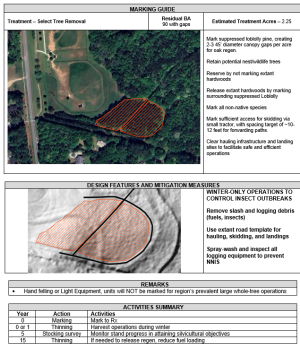
I just got approved for a fuels project by the county. this is going to be an as-it-happens thread. my goal is to do ALL of the "Timber Truck" work using my Benno Boost and the Burley Bark Wagon. it's going to be a good foot-in-the-door job for the area, since the county has a bunch of "orphan" pine stands that are overmature and posing a significant fire risk as they age and start suffering drought stress, as well as insect and disease outbreaks. We're going to do this project as the initial step in a 30-ish year plan to convert this stand over to a mixed pine-oak from a dense plantation monoculture. The hope that me and the city and county foresters have is that we can start making the wildland-urban interface in the county more fire wise and improve our defenses against what is likely going to be worsening fire conditions due to climate change. mixed southern pine-hardwood forests in our region are capable of surviving low intensity fire, and if we do simple stuff to mitigate fuels ahead of time, we can keep any potential fires healthy, low-intensity, and most importantly, safer for fire crews and the community.
Stay Tuned!!
Oh. Also. here's some snapshots of the draft silvicultural prescription to give a bit of detail:



